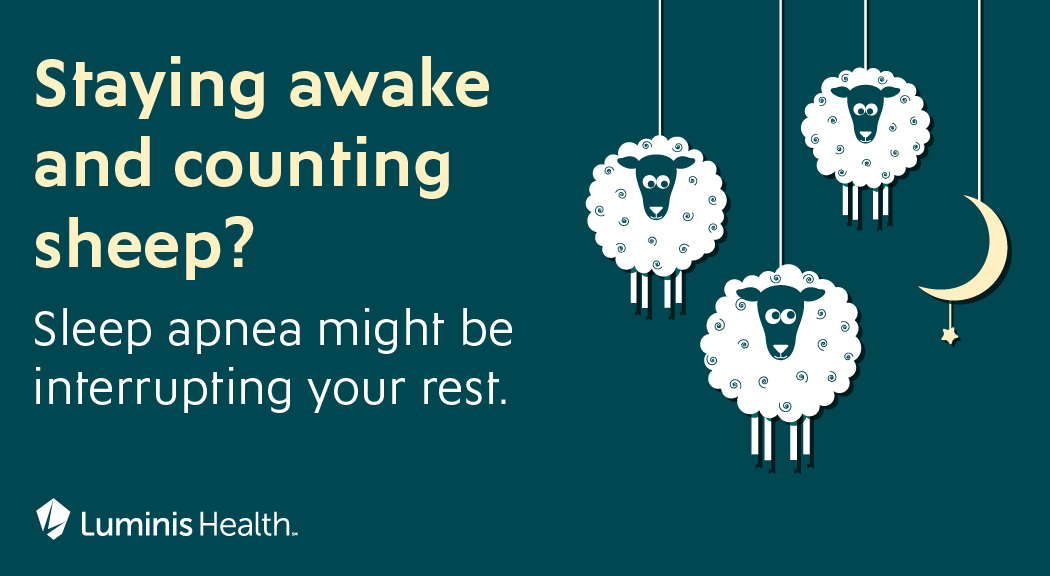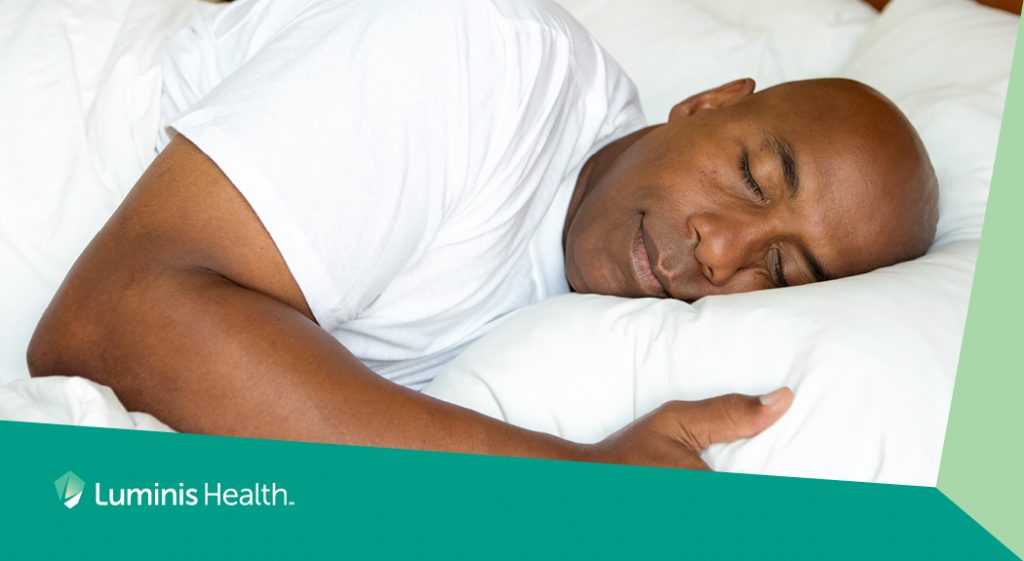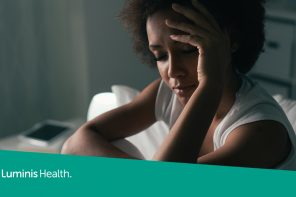Not getting a good night’s sleep can compromise your brain performance, mood, and health. Plus, you just won’t feel great the next day. The American Medical Association says approximately 30 million Americans have sleep apnea—a condition that interferes with sleep—but only 6 million are diagnosed with it.
Sleep apnea can be a significant, potentially life-threatening condition requiring prompt diagnosis and treatment. While snoring is annoying and can signal apnea, sleep apnea itself can halt breathing partially or completely—from ten seconds to over a minute at a time—and that adds up.
This can happen from five to more than 100 times an hour during sleep. As a result, oxygen levels in the bloodstream fall, which may lead to high blood pressure, stroke, heart attack, or abnormal heart rhythms. These disrupted normal sleep stages leave you unrefreshed and may also negatively impact your memory.
Types of Sleep Apnea
There are three types:
Obstructive sleep apnea (OSA): This very common sleep disorder occurs when the tissue in the back of the throat collapses (it relaxes when you sleep) and partially or completely blocks the airway. Air can’t enter the lungs and airway blockage can happen a few times, or several hundred times, per night.
Central sleep apnea (CSA): This less common type occurs when the brain fails to tell the lungs to breathe during sleep. When the signal is lost, the lungs don’t intake the oxygen the body needs.
Mixed or complex sleep apnea: You experience both obstructive and central events on the same night.
Symptoms
An individual with apnea may experience:
- Loud, irregular snoring
- Gasping and snorting after pauses in breathing
- Excessive daytime sleepiness
- Morning headaches
- Weight gain or obesity
- Frequent nocturnal urination
- High blood pressure
- Falling asleep while driving
- Loss of energy
- Anxiety or depression
Risk Factors
These factors can raise the risk of developing apnea:
- Age: You are over age 50.
- Gender: OSA is more common in men, and until the age of menopause in women.
- Family history: If someone in your family has sleep apnea, your likelihood increases.
- Low activity level: Exercise can improve sleep apnea.
- Being overweight: Even 10% to 20% weight loss can help with sleep apnea.
- Use of sedatives: These should be avoided, along with alcohol, before bed.
Diagnosing Sleep Apnea
An overnight sleep study at a sleep lab is the gold standard to diagnose sleep apnea. Painless electrodes and sensors placed on different points on the body—called polysomnography—are used. Home-use devices can study heart and breathing rate and blood oxygen levels; positive results will require a full study in a sleep lab.
Treatment
Continuous positive airway pressure (CPAP) is commonly used to treat apnea. Patients wear a device, containing a mask with a hose, over the nose when sleeping. A small, quiet air compressor creates pressure that splints the airway open to eliminate snoring and prevent oxygen levels from dropping in the blood. This allows normal cycling through sleep stages, so users wake up refreshed and can stay alert during the day.
Other treatment options include weight loss, oral appliances, hypoglossal nerve stimulation that involves an implant, and other ear, nose, and throat surgeries.
If you suspect you have sleep apnea, don’t endure more sleepless nights—consult a healthcare professional. You’ll find the right treatment solution that improves your quality of life.
This post originally ran in the Enquirer-Gazette.



